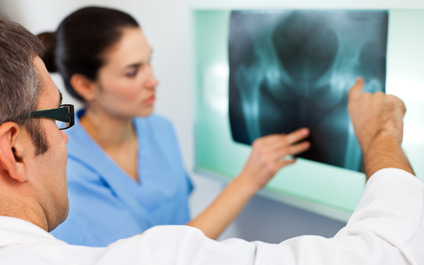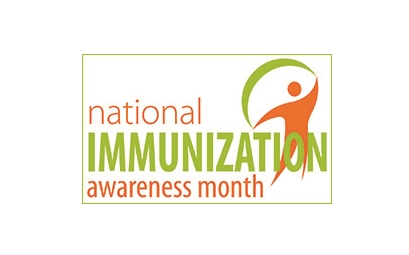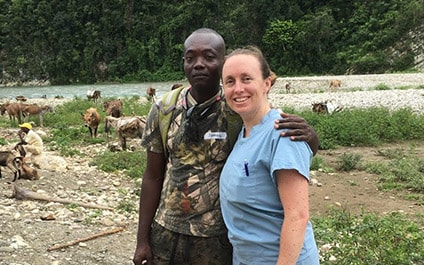
Osteoporosis
Throughout our lives, our bones break down and regenerate. When we’re young, our bone mass increases (and we grow) because bone regenerates faster than it breaks down. As we age, however, bone breaks down faster than it regenerates. Thus, we are faced with the risk of developing osteoporosis, or the weakening of bones.










